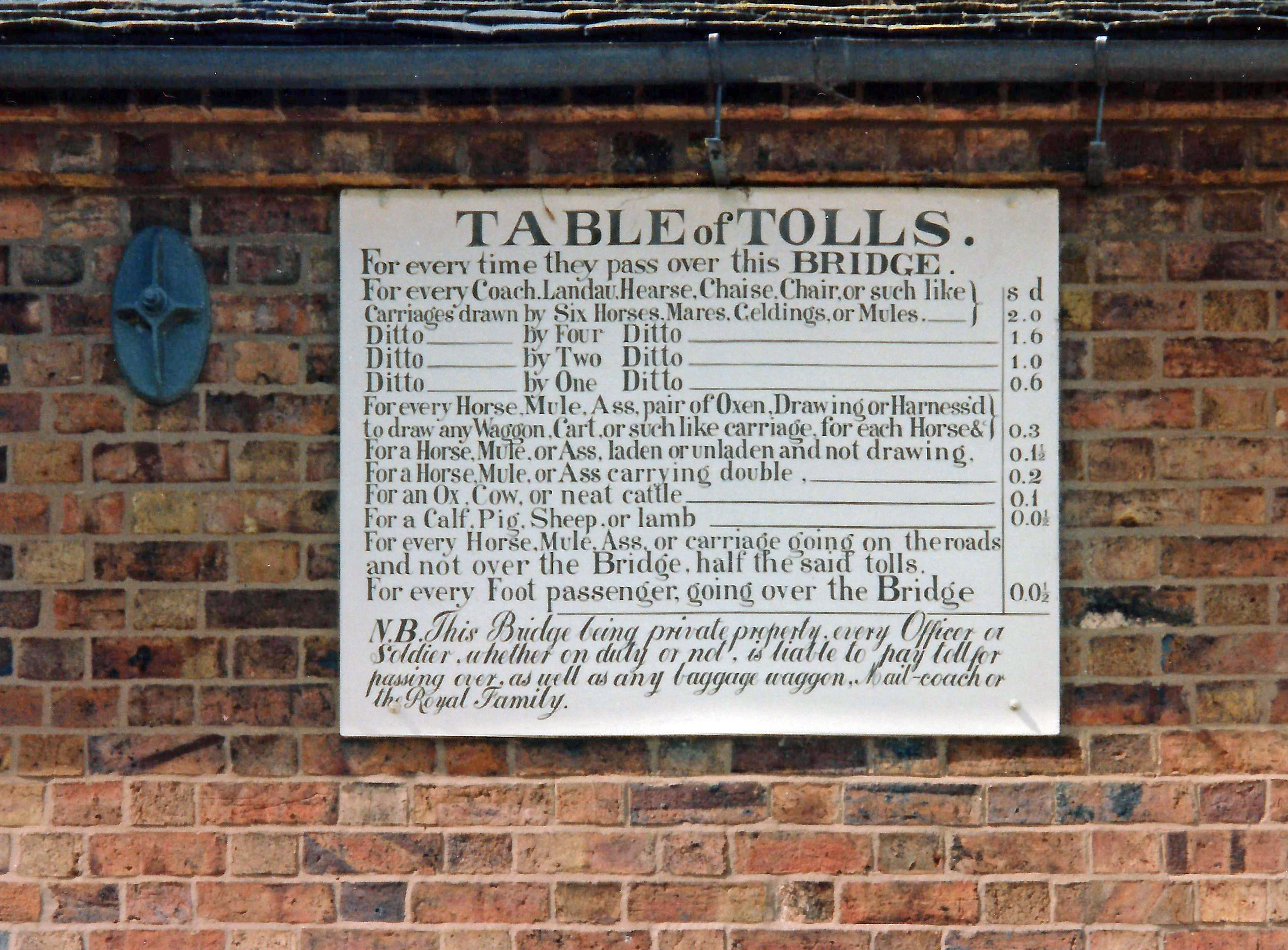This simple design of a flat bottomed boat made of willow and a waterproof skin has been used for thousands of years but they differ in style from place to place to accommodate different river conditions. The Rogers family made coracles here by the River Severn for generations, the last of them, Eustace Rogers, died in 2003 and the shed where they were created lay empty and decaying, however the sum of money required to restore and repair the shed to tell the story of the Rogers family and coracle making was recently raised by the Ironbridge Coracle Society. Until the volunteers put in the hours of work there is a website to browse called - the coracle shed.
These craft are notoriously difficult to control for the amateur as they sit on the water rather than in it and are known for being unstable, however a fisherman can row one of these with one hand while the other hand manages the net with ease.
Here is an old postcard of a rather full looking River Towy over the border in Wales and its coracle men in and out of the water.
An entry to ABC Wednesday, a journey through the alphabet, this week mooring up at C here
















.jpg)


